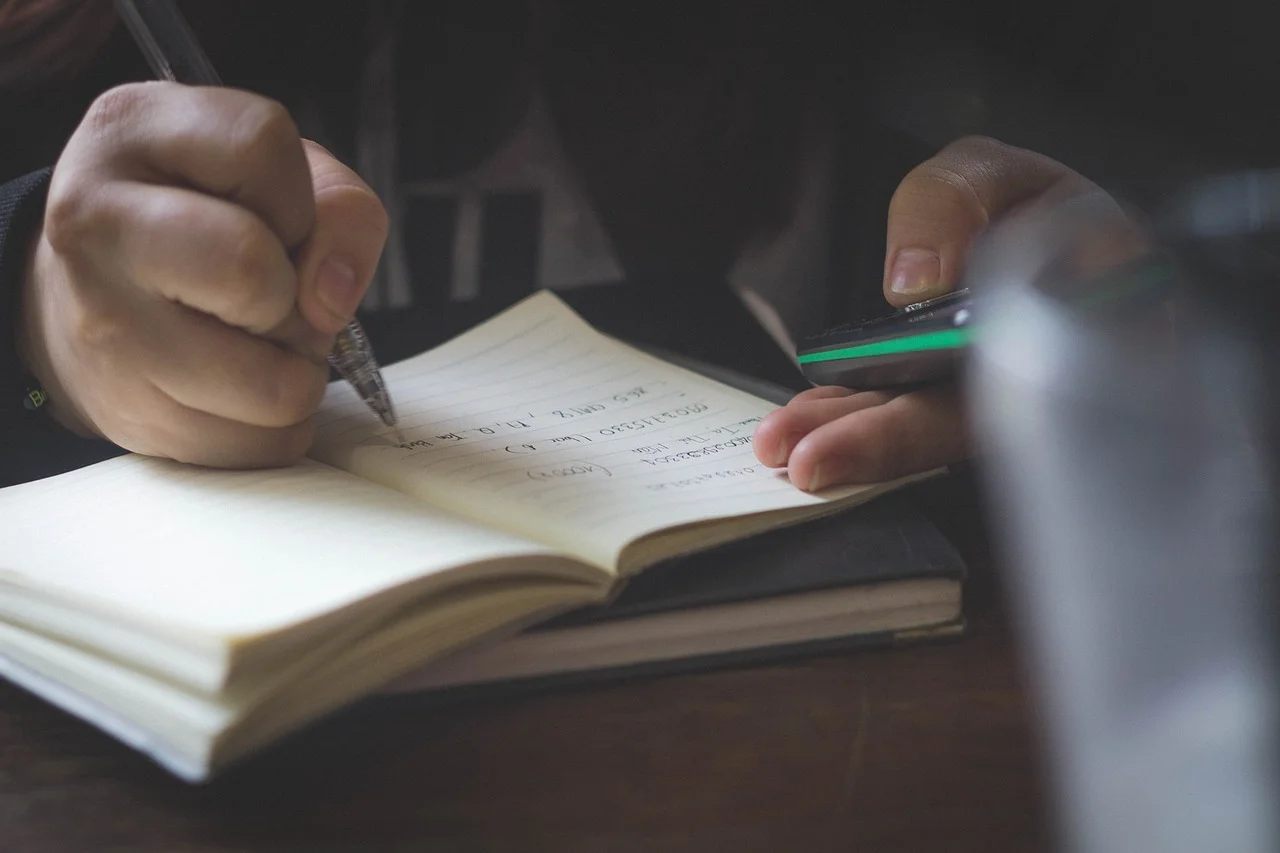
Effective note-taking techniques every student should know
Taking effective notes is a crucial skill for students at all levels. Whether you’re in high school, university, or pursuing professional certifications, the ability to record and organize information efficiently can enhance your understanding, improve retention, and streamline revision.
Why Is Note-Taking Important?
Note-taking is more than just jotting down what you hear or read; it is a process of actively engaging with the material. It encourages critical thinking, aids in better comprehension, and serves as a valuable reference tool. Notes act as a bridge between the initial learning and later revision, making it easier to recall information when needed.
Identifying Your Learning Style
Before diving into specific techniques, it’s important to consider your learning style. Some students learn best visually, others through auditory cues, and many prefer hands-on or kinesthetic methods. Matching your note-taking approach to your learning style can make the process more effective.
1. The Cornell Method
The Cornell Method is a structured way of taking notes that divides your page into three sections:
- Cue column: A narrow column on the left for keywords, questions, or main ideas.
- Note-taking area: A wider column on the right for detailed notes.
- Summary section: A small area at the bottom for a brief overview of the page’s content.
This method encourages active review, as the cue column helps with quick revision while the summary reinforces the main concepts. It’s especially useful for subjects that require analytical thinking, like history or social sciences.
2. The Outline Method
The Outline Method organizes information hierarchically, using headings, subheadings, and bullet points. This approach is ideal for lectures or readings that follow a clear structure.
For example:
- Main Topic
- Subtopic 1
- Detail 1
- Detail 2
- Subtopic 2
- Detail 1
- Subtopic 1
This technique works well for students who prefer structured, logical notes. It’s particularly effective in subjects like science or business studies, where information builds on foundational concepts.
3. Mind Mapping
Mind mapping is a visual technique that uses diagrams to represent ideas and their relationships. Start with the main topic in the center of the page, then branch out with subtopics and related details.
This approach is excellent for brainstorming, understanding complex topics, or preparing for essays. It’s especially helpful for visual learners who thrive on seeing connections between ideas.
4. The Charting Method
The Charting Method is best suited for subjects that involve comparisons or multiple categories of information, like history or biology. Create a table with rows and columns, labeling each column with a category and using rows for specific details.
For instance, in a biology class:
| Kingdom | Characteristics | Examples |
|---|---|---|
| Animalia | Multicellular, mobile | Humans, dogs |
| Plantae | Photosynthetic | Trees, flowers |
This method condenses large amounts of data into a clear, easy-to-read format, making it ideal for studying.
5. Sentence Method
The Sentence Method involves writing each piece of information as a separate sentence. While less structured than other techniques, it’s beneficial for fast-paced lectures where every detail matters.
For example:
- “The mitochondria are the powerhouse of the cell.”
- “They produce ATP through cellular respiration.”
While reviewing, you can reorganize these sentences into more structured notes or summaries.
Tips for Effective Note-Taking
No matter which technique you choose, some universal strategies can improve your note-taking:
- Use abbreviations and symbols: Save time by shortening common words (e.g., “w/” for “with” or “bc” for “because”).
- Be selective: Focus on key ideas, definitions, and concepts rather than transcribing everything verbatim.
- Review and revise: Spend time after each class or study session to clarify and organize your notes while the material is still fresh.
- Use color coding: Highlight key points or use different colored pens for main ideas, details, and examples to make your notes visually engaging.
Digital vs. Handwritten Notes
With the advent of technology, students often face the dilemma of choosing between handwritten and digital notes. Each has its advantages:
- Handwritten Notes: Writing by hand helps with memory retention and encourages processing information more deeply. It’s ideal for subjects requiring conceptual understanding.
- Digital Notes: Tools like Microsoft OneNote, Evernote, or Notion offer features like searchability, organization, and multimedia integration. They’re great for collaborative projects or when you need access across multiple devices.
For the best of both worlds, consider a hybrid approach. Use handwritten notes during lectures to stay focused, then digitize them for better organization and accessibility.
Enhancing Your Notes with Active Recall
Active recall is a powerful learning technique where you test your memory instead of passively reviewing notes. Here’s how you can integrate it into your note-taking routine:
- Create flashcards from your notes and quiz yourself regularly.
- Cover the details in your notes and try to recall key points from memory.
- Turn headings or keywords into questions and answer them without looking.
This practice strengthens neural connections and improves long-term retention.
Collaborative Note-Taking
Collaborative note-taking can be a game-changer for group studies. Share your notes with classmates or create a shared document where everyone contributes. This approach offers diverse perspectives and ensures no key points are missed.
Adapting to Different Subjects
Certain techniques work better for specific subjects:
- Math and Sciences: Focus on problem-solving steps, formulas, and examples. The Charting Method or outlining can help organize information.
- Humanities: Use the Cornell Method or mind maps to analyze themes, arguments, and evidence.
- Languages: Include vocabulary lists, grammar rules, and example sentences. Flashcards are particularly useful for revision.
Building a Note-Taking Routine
Consistency is key. Develop a routine to review and refine your notes daily or weekly. Set aside time to summarize notes, clarify any doubts, and identify areas that need further study. This habit not only reinforces learning but also reduces stress during exams.